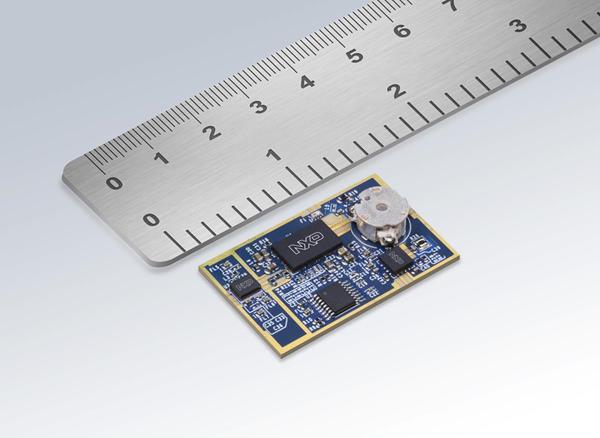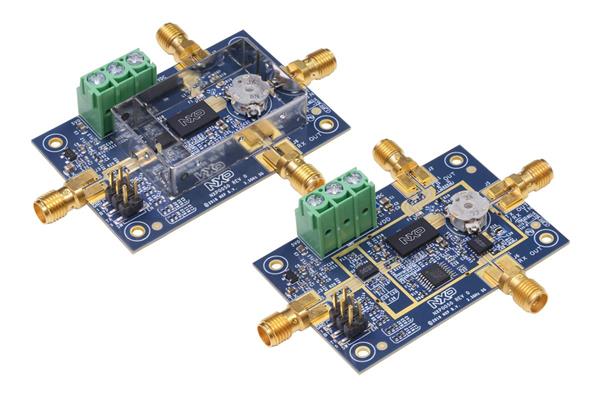NXP Semiconductors released a radio frequency front-end product line for creating massive multiple-input, multiple output (mMIMO) systems.
NXP Semiconductors announced the availability of its 5G RF front-end portfolio for massive multiple-input multiple-output (mMIMO) systems, a key ingredient of 5G networks. This group is the most recent addition to its portfolio, called NXP Front-End Solutions for 5G Enablement. NXP said that the majority of the offerings are available now, with more products to come.
“This is just the beginning,” said Mario Bokatius, product line director for NXP’s front-end solutions in a press statement. “Moving forward, you can look to NXP for even more integration.” The NXP front-end solutions cover the 2.3 GHz to 5 GHz frequency range most critical for early 5G cellular network development.
Massive MIMO groups together an array of a large number of antennas — dozens of them, or potential even hundreds — to multiply the capacity of the antenna links.

NXP included these three functions — critical to creating an RF front-end for mMIMO — into its Front-End Solutions for 5G Enablement, according to a press statement:
- High efficiency power amplifier modules (PAMs) that are fully matched to 50 Ohm at their inputs and outputs, and footprint and pin-compatible to cover a wide range of power levels and frequency bands with the same board design. NXP said that “true footprint and pin-compatibility between variants” is one of the “thorniest issues” for 5G chip development, along with power amplifier integration and shrinking board space.
- Pre-driver amplifier modules with ultra-low power consumption address the whole frequency range from 2.3 GHz to 5 GHz, and feature footprint and pin-compatibility within the family of devices;
- Receiver front-end modules that feature integrated time division duplex (TDD) switching and low noise amplification (LNA) for signal reception.
“These devices have been developed to enable our customers to design their systems at the lowest cost possible,” said Bokatius.

